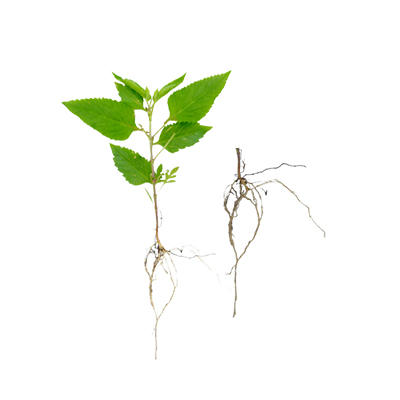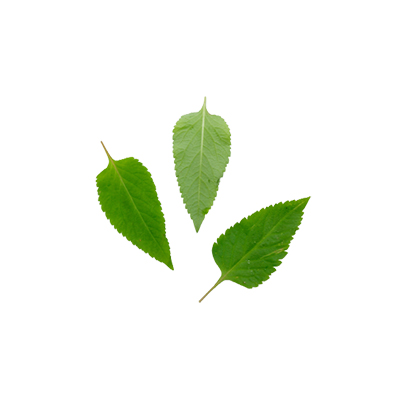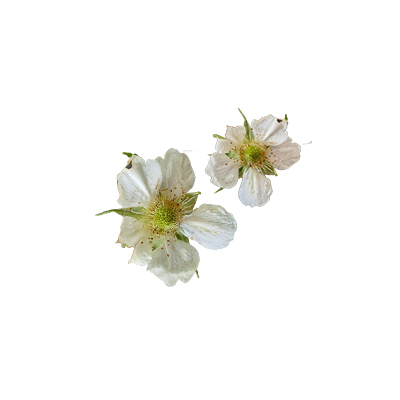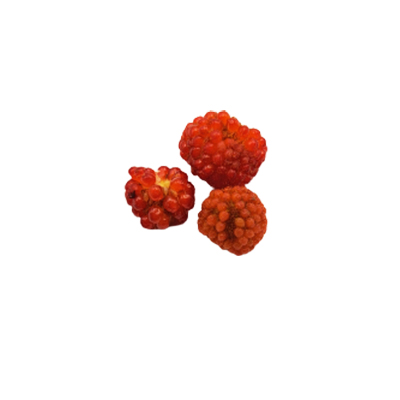European Blackberry
Rubus fruticosa L.
Rosaceae
Location in our garden
Principal



Synonym
Rubus aestivalis E.H.L.Krause
Rubus consimilis P.J.Mull.
Rubus holmiensis Gand.
Habitus
Shrubs. A scrambling, extremely thorny shrub, semi-erect with stems arching and entangled, growing to 3 m.
Part Used
Leaves
Flowers
Fruit
Roots
Stem
Growing Requirements
Full Sunshine
Need Shade
Drought Resistant
Habitat
Aquatic
Wetland
Riverbanks
Forest
Roadside
Grassland
Terrestrial
Overview
R. fruticosus L. is native to much of Europe. The genus Rubus is distributed in all continents except in Antartica, with a northern limit of 65-75°N (approximating to the Arctic Circle) including areas with extreme aridity. Blackberries are harvested and sold in fresh and processed markets. For the fresh market, they are sold pick-your-own, for local sales, as well as on the international wholesale fresh market. In the processing market, the fruit are typically frozen whole, puréed or juiced and from these basic ‘industrial’ products, hundreds of products are made for sale to consumers in every section of a grocery store. Bakery products, jams and jellies, dairy and cereal products are some of the more common consumer products that contain blackberries. The juice is often fermented to make wines or liqueurs. The fruits provide a blue dye and a fibre can be obtained from the stems to make string. Blackberry bushes can prevent soil erosion on infertile, disturbed sites.
Vernacular Names
Zarzamora (Spanish), Murier sauvage (French), Amora silvestre (Portuguese), Almindelig brombær (Danish), Echte brombeere (German), Roveto (Italian), Bjoernbaer (Swedish).
Agroecology
It occurs on wasteland, cemeteries, hedgerows, fence lines, roadsides, steep banks, hillsides, scrubby hillsides, forest, plantations, scrub margins, clearings, fen land, swamps, damp places, creeks, streamsides, river banks, river flats, river terraces, pasture, damp and neglected pasture. In Australia, it is restricted to temperate climates with an annual rainfall of at least 700 mm, and occurs at any altitude, and can grow up to elevations of 1600 m in the USA. It requires moist soil but can tolerate some drought, or even in areas with extreme aridity. When established, R. fruticosus can grow in full shade in deep woodland, semi-shade in light woodland, or no shade situations, but in full shade fruit production is reduced and fruits will ripen later.
Morphology
- Roots - stout, branched, creeping underground, growing vertically to a maximum depth of 1.5 m depending on soil type, from a woody crown up to 20 cm in diameter. Secondary roots grow horizontally from the crown for 30-60 cm, and then grow down vertically. Many thin roots grow in all directions from the secondary roots.
- Stems - are variable, semi-erect canes, which grow up to 8 or 10 m long. The canes may be green, purplish, or red and have generally backward pointing thorns, and are moderately hairy, round or angled, sometimes bearing small, stalked glands. They are arching, entangling, and woody. Stems can root at the tips to form new plants and new stems grow from the base each year.
- Leaves - the alternate leaves are divided into 3 or 5 serrated, shortly stalked, oval leaflets, which are arranged palmately, coloured dark green on top and pale beneath. Some taxa have the underside of leaves covered in pale hairs. Stalks and mid-ribs are prickly.
- Flowers - are white to pink, 2-3 cm in diameter, with five petals and numerous stamens, in many-flowered clusters. In the northern hemisphere, R. fruticosus flowers approximately from May to August, in the southern hemisphere from November to April.
- Fruits - an aggregated berry, 10-20 mm long, changing colour from green to red to black as it ripens, made up of approximately twenty to fifty single-seeded drupelets.
- Seeds - deeply and irregularly pitted, oval, coloured light to dark brown, and 2.6-3.7 mm long and 1.6-2.5 mm wide.
Cultivation
- Can be propagated through leafy stem cuttings as well as root cuttings. To propagate lots of plants, leafy stem cuttings are probably the best way. This is usually accomplished while the cane is still firm and succulent. Take about 4-6 inches (10-15 cm.) of the cane stems. These should be placed in a moist peat/sand mix, sticking them in a couple inches deep.
- More often root cuttings are taken for blackberry propagation. These cuttings, which are usually anywhere from 3-6 inches (7.5-15 cm.) long, are taken in fall during dormancy. They usually require about a three-week cold storage period, especially plants having larger roots. Straight cuts should be made nearest the crown with an angled cut made further away.
- Suckers are one of the easiest ways to root blackberry plants. Suckers can be removed from the parent plant and then replanted elsewhere.
- Tip layering is another method that can be used for blackberry propagation. This works well for trailing types and when only a few plants are needed. Tip layering usually takes place in late summer/early fall. The young shoots are simply bent over to the ground and then covered with a few inches of soil. This is then left throughout fall and winter. By spring there should be enough root formation to cut the plants away from the parent and replant elsewhere.
Chemical Constituents
Steroids and lipids in seed oil and minerals, flavonoids, glycosides, terpenes, acids and tannins.
Traditional Medicinal Uses
- Leaves are used in the preparation of herbal teas.
- The root bark and leaves are used medicinally, being strongly astringent, depurative, diuretic, and vulnerary.
Part Used
Reference Sources
- Cab International. 2019. Rubus fruticosus (blackberry). https://www.cabi.org/isc/datasheet/47995. 25-09-22.
- Tilley, Nikki. Gardening Knowhow. 2021. Propagating Blackberries – Rooting Blackberries From Cuttings. https://www.gardeningknowhow.com/edible/fruits/blackberries/propagating-blackberries-cuttings.htm. 25-09-22.
- Pub Med. Rubus fruticosus L.: constituents, biological activities and health related uses. 2014. https://pubmed.ncbi.nlm.nih.gov/25072202/. 25-09-22.



